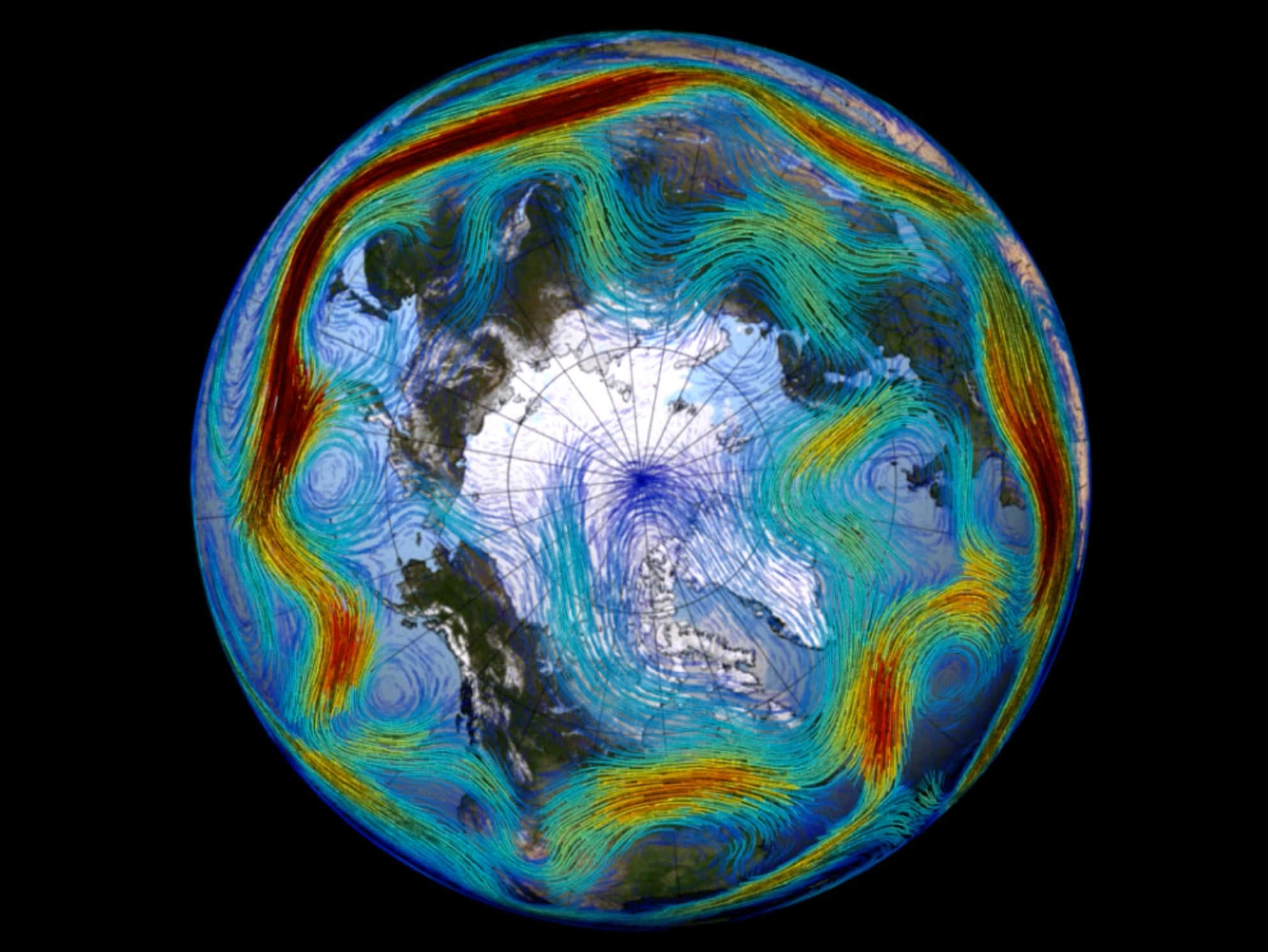Jet stream could lurch off course by 2060 and drive extreme weather in US and Europe, study warns
‘Our results serve as a warning,’ scientist says

Your support helps us to tell the story
From reproductive rights to climate change to Big Tech, The Independent is on the ground when the story is developing. Whether it's investigating the financials of Elon Musk's pro-Trump PAC or producing our latest documentary, 'The A Word', which shines a light on the American women fighting for reproductive rights, we know how important it is to parse out the facts from the messaging.
At such a critical moment in US history, we need reporters on the ground. Your donation allows us to keep sending journalists to speak to both sides of the story.
The Independent is trusted by Americans across the entire political spectrum. And unlike many other quality news outlets, we choose not to lock Americans out of our reporting and analysis with paywalls. We believe quality journalism should be available to everyone, paid for by those who can afford it.
Your support makes all the difference.Global heating could force the North Atlantic jet stream to break from its normal route within the next four decades, a new study suggests, bringing extreme weather across Europe and the US with “severe societal implications”.
Scientists have long been concerned by the question of how rising air temperatures could impact the jet stream – a band of strong winds caused by the difference in temperature between air from the North Pole and tropics, which heavily influences weather patterns in the northern hemisphere.
But with the jet stream tending to frequently lurch northwards and southwards, it has been difficult to surmise whether recent fluctuations have fallen within its normal boundaries or reflect something more sinister.
In a new study, published in the Proceedings of the National Academy of Sciences journal, researchers used ancient ice cores from Greenland to map the trajectory of the jet stream over the past 1,250 years and employed climate models to simulate how continued global heating could affect its route in the future.
While they found that the shifts in the period studied have so far fallen within the boundaries of its historic range, they forecast that – in the event of greenhouse gas emissions continuing unabated – the jet stream could deviate from its normal course as early as 2060, shifting towards the North Pole.
“For most places on Earth, direct climate observations typically do not span more than a few decades,” said lead author Matthew Osman, of the University of Arizona. “So, we haven't had a great sense of how or why the jet stream changes over longer periods of time.
“What we do know is that extraordinary variations in the jet stream can have severe societal implications, such as floods and droughts, due to its impacts on weather patterns and so, in terms of thinking about the future, we can now begin to use the past as a sort of prologue.”
The study suggested that, while the jet stream remains within its normal historical range, global heating may have already caused it to start moving northwards.
But Mr Osman stressed to Scientific American that “these are model scenarios of the future”, suggesting that in an emissions scenario more closely aligned to current global climate goals, the jet stream will likely stray north at a slower pace than forecast in the study.
During their research, the scientists were able to match historical disasters to certain changes in the jet stream’s wind speed and location – with a famine that engulfed the Iberian peninsula in 1374 having occurred while the polar jet, as it is also known, was situated unusually far north.
Meanwhile, two famine events in the UK and Ireland in 1728 and 1740, the latter of which is thought to have killed nearly 500,000 people, coincided with years that winds blew at nearly half their usual intensity, dramatically cooling temperatures and reducing rainfall.
Mr Osman cited the fatal heatwave in Oregon and Washington, and flooding in Europe this year, as recent examples of how the jet stream’s intensity or location affects weather patterns in the short-term – with the winds thought to account for between 10 and 50 per cent of the variation in annual rainfall and temperatures in Europe and North America.
The scientists also found that the jet stream has previously lurched as much as 10 degrees in the space of a few years – variations which Mr Osman suggested can have “huge implications on the types of weather that people might experience at a given place”.
“For example, when the jet stream is situated further south, the normally dry Iberian Peninsula tends to experience milder, moister conditions,” he said. “But, as the jet stream migrates northward, much of that moisture also moves away from Iberia towards already-wet regions of Scandinavia.
“A poleward-shifted jet stream in the future thus might have similar, but more permanent, consequences.”
While the jet stream’s northwards shift could see the US East Coast warm more quickly than it currently is, it may also bring more floods and heatwaves to North America and particularly Europe, Mr Osman suggested.
He added: “Our results serve as a warning – although pushing the jet stream beyond its natural range would be problematic, its ultimate trajectory is still largely in our control.”
Join our commenting forum
Join thought-provoking conversations, follow other Independent readers and see their replies
Comments